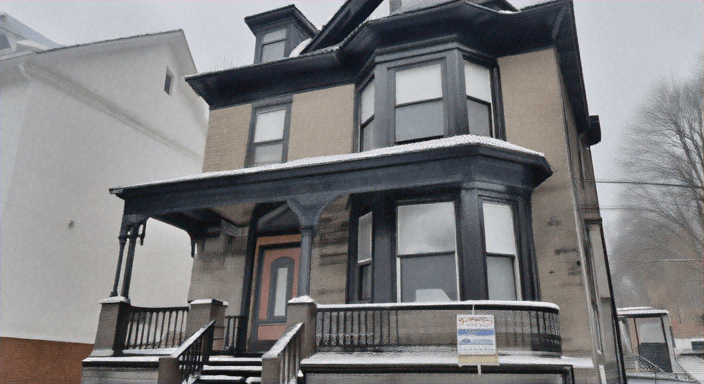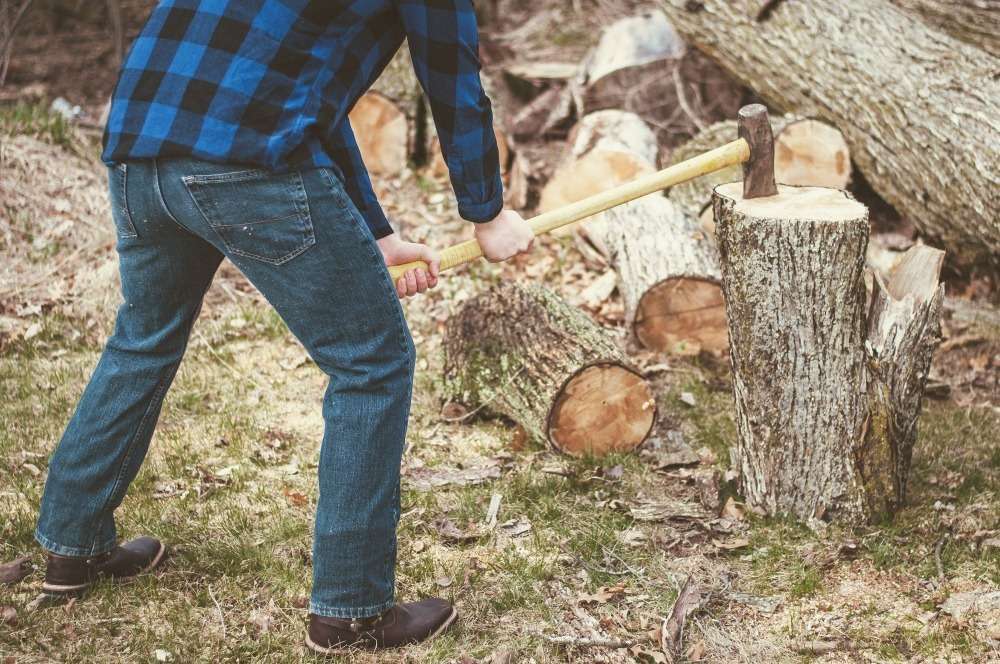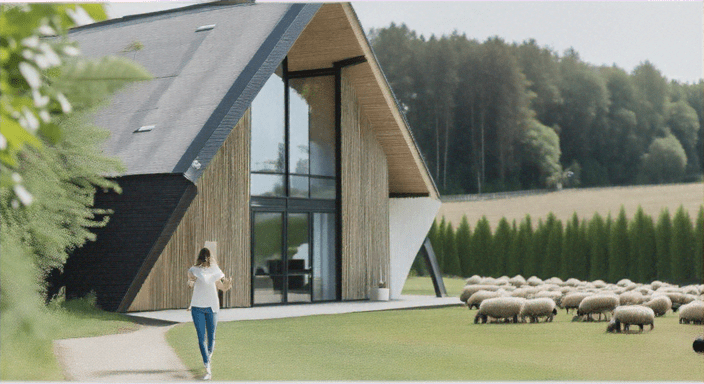When contemplating the acquisition of abandoned properties, seniors must meticulously evaluate the disparities in housing prices across various U.S. regions. This guide offers an in-depth examination of urban, suburban, and rural price dynamics, coupled with valuable insights into living expenses, taxation, and renovation costs.

1. Comprehensive Analysis of U.S. Regional Housing Prices for Abandoned Homes
The cost of abandoned properties fluctuates markedly based on geographic location, with urban locales typically demanding higher prices than rural areas. Below is an elaborate analysis of the average costs for abandoned homes in major U.S. regions:
| Region | Urban Prices | Suburban Prices | Rural Prices |
|---|---|---|---|
| Northeast | $150,000 – $300,000 | $100,000 – $200,000 | Below $100,000 |
| Midwest | $50,000 – $100,000 | $30,000 – $80,000 | Under $50,000 |
| South | $50,000 – $150,000 | $40,000 – $100,000 | Below $50,000 |
| West | $200,000 – $500,000+ | $150,000 – $300,000 | $100,000 – $200,000 |
2. Northeast vs. Midwest: Higher Cost vs. Greater Affordability
-
Northeast: Urban properties in cities such as Boston and New York are priced between $150,000 and $300,000, with suburban homes also being relatively expensive ($100,000-$200,000). Nevertheless, these properties often boast robust resale potential.
-
Midwest: This region presents the most economical options. Urban homes in cities like Detroit and Cleveland range from $50,000 to $100,000, and rural properties can be acquired for under $50,000. Additionally, renovation costs in the Midwest are generally lower, making it a prime choice for seniors with limited budgets.
3. South vs. West: Warmer Climate vs. Higher Price
-
South: Cities such as Memphis and Birmingham offer moderate prices, with urban homes ranging from $50,000 to $150,000 and rural homes often priced below $50,000. Although appealing for its temperate climate, insurance costs in hurricane-prone areas can be substantial.
-
West: Urban areas, particularly in California, exhibit some of the highest prices, ranging from $200,000 to $500,000+. Even rural areas are pricier compared to other regions, with prices commencing around $100,000. However, the potential for long-term appreciation is notably higher in the West.
4. Cost of Living, Taxes, and Renovation Comparison
-
Cost of Living: The Northeast and West generally exhibit the highest living costs, encompassing groceries, utilities, and healthcare. Conversely, the Midwest and South provide lower living expenses, rendering them more suitable for seniors with fixed incomes.
-
Taxes: States such as New York and California impose high property taxes, whereas Tennessee and Florida are more tax-friendly, featuring lower rates and no state income tax.
-
Renovation Costs: Rural properties in the Northeast and Midwest may present logistical challenges, thereby increasing repair costs. Urban homes, especially in the West, might be subject to stricter building codes, further elevating renovation expenses.
5. Best Affordable Regions for Seniors
-
Midwest: This region is optimal for those in pursuit of the lowest property prices and renovation costs, particularly in cities like Cleveland or Detroit.
-
South: It combines moderate property prices with a mild climate, although insurance costs can be a concern in coastal areas.
-
Northeast Rural Areas: Although urban areas are costly, rural properties in states such as Maine and Vermont offer affordability, making them ideal for seniors desiring a tranquil, low-cost lifestyle.
Conclusion
Seniors should weigh housing prices, renovation costs, taxes, and living expenses when selecting a region to purchase an abandoned property. The Midwest and South provide cost-effective options, while the Northeast and West offer higher prices but stronger market potential.





